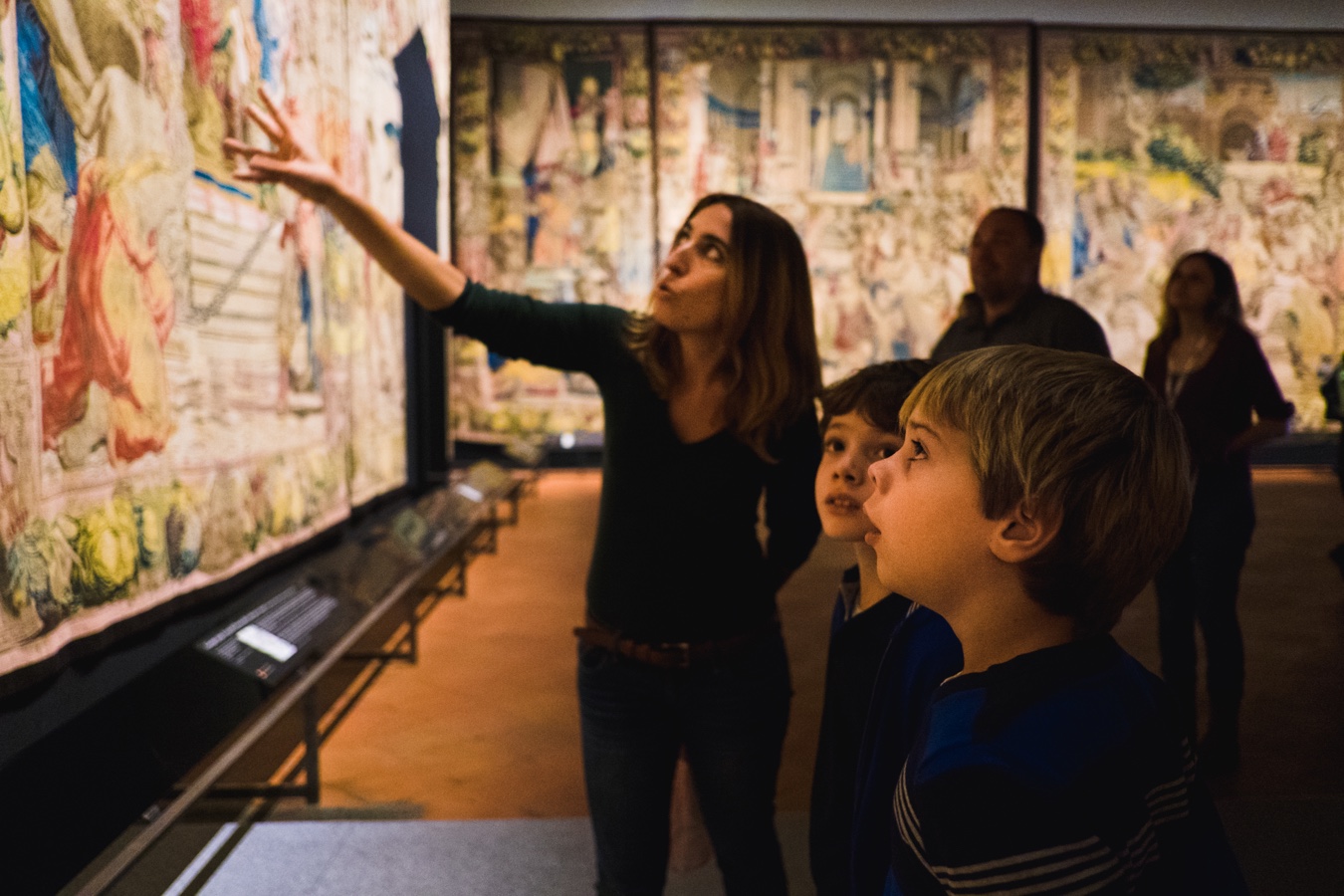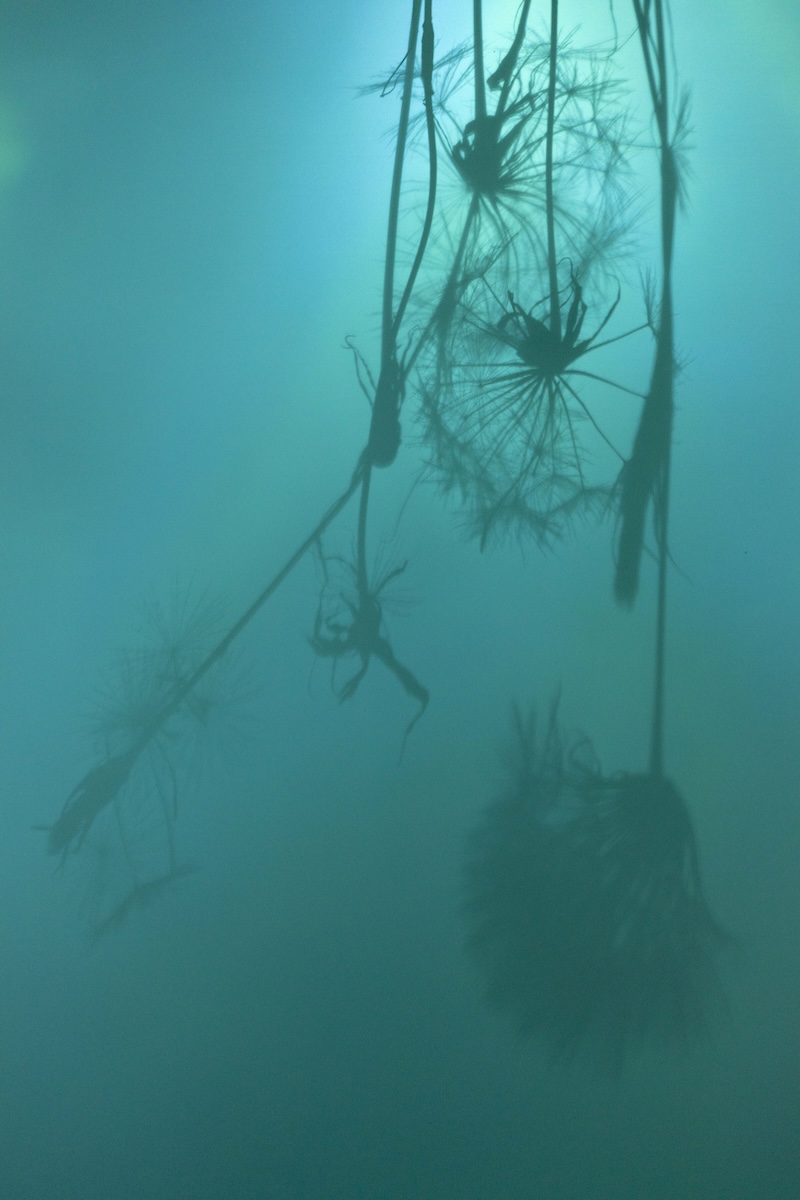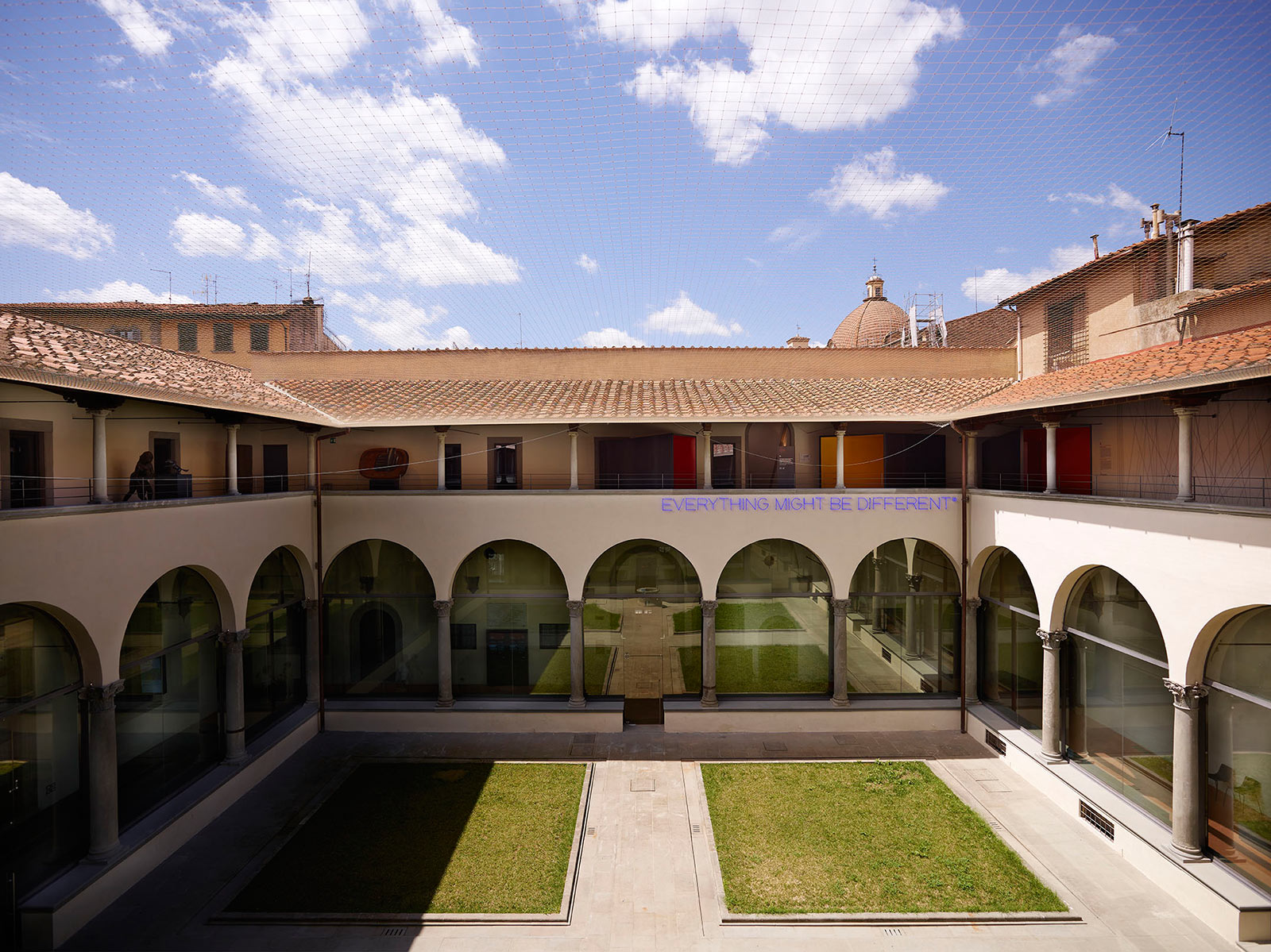IL PRINCIPE DEI SOGNI
Giuseppe negli arazzi medicei di Pontormo e Bronzino
15 settembre-15 febbraio, Sala de’ Dugento di Palazzo Vecchio
La mostra si è già tenuta dal 17 febbraio al 12 aprile a Roma (Salone dei Corazzieri del Palazzo del Quirinale) e dal 29 aprile al 23 agosto a Milano (Sala delle Cariatidi di Palazzo Reale).
Esposizione, a cura di Louis Godart, promossa dalla Presidenza della Repubblica Italiana, dal Comune di Firenze e dal Comune di Milano in collaborazione con il Ministero dei Beni e delle Attività culturali e del Turismo, il Ministero delle Politiche Agricole e Forestali, Expo 2015 e la Fondazione Bracco, con il sostegno di Acea, dell’Ente Cassa di Risparmio di Firenze e di Poste Italiane. Main sponsor Gucci. L’organizzazione generale e la realizzazione sono di Comunicare Organizzando.
Gli arazzi
Questa serie di panni monumentali, oggetto di un complesso restauro presso l’Opificio delle Pietre Dure di Firenze e il Laboratorio Arazzi del Quirinale, costituisce una delle più alte testimonianze dell’artigianato e dell’arte rinascimentale. Gli arazzi con le Storie di Giuseppe vennero commissionati da Cosimo I de’ Medici tra il 1545 e il 1553 per la Sala de’ Dugento e i disegni preparatori furono affidati ai maggiori artisti del tempo.
Tessuti alla metà del XVI secolo nella manifattura granducale, tra le prime istituite in Italia, furono realizzati dai maestri arazzieri fiamminghi Jan Rost e Nicolas Karcher sulla base di cartoni disegnati da Agnolo Bronzino, Jacopo Pontormo e Francesco Salviati.
Gli arazzi vennero realizzati con telai a basso liccio e per questo si presentano speculari rispetto ai disegni preparatori. Per la tessitura della trama sono stati impiegati come materiali dei fili di lana, di seta, d’oro e d’argento. Per l’ordito sono stati utilizzati fili di colore neutro. Col passare del tempo gli arazzi sono andati incontro inevitabilmente ad un progressivo degrado che ha reso necessario il lungo e complesso intervento di restauro appena concluso.
La mostra riunisce per la prima volta tutti gli arazzi della collezione medicea. Il ciclo è infatti da tempo diviso tra Roma e Firenze poiché metà degli arazzi venne trasferita nella capitale dai Savoia nel 1882.
Il ciclo si articola in venti scene, ognuna dedicata ad uno specifico episodio della storia del patriarca.
1) Il sogno dei manipoli (Bronzino)
2) Giuseppe racconta il sogno del sole, della luna e delle stelle (Bronzino)
3) Vendita di Giuseppe (Bronzino)
4) Lamento di Giacobbe (Pontormo)
5) Giuseppe e la moglie di Putifarre (Pontormo)
6) Giuseppe fugge dalla moglie di Putifarre (Bronzino)
7) Giuseppe in Prigione e il banchetto del Faraone (Bronzino)
8) Giuseppe spiega il sogno del Faraone delle vacche grasse e magre (Salviati)
9) Vendita del grano ai fratelli (Bronzino)
10) Giuseppe prende in ostaggio Simeone (Bronzino)
11) Beniamino ricevuto da Giuseppe (Bronzino)
12) Convito di Giuseppe con i fratelli (Bronzino)
13) La coppa di Giuseppe ritrovata nel sacco di Beniamino (Bronzino)
14) Giuseppe trattiene Beniamino
15) Giuseppe si fa riconoscere dai fratelli e congeda gli Egiziani (Bronzino)
16) Giuseppe perdona i fratelli (Bronzino)
17) Incontro di Giuseppe con Giacobbe in Egitto (Bronzino)
18) Il Faraone accetta Giacobbe nel regno (Bronzino)
19) Giacobbe benedice i figli di Giuseppe (Bronzino)
20) Sepoltura di Giacobbe (Bronzino)
La storia di Giuseppe
La scelta del tema ha un chiaro riferimento allegorico, tracciando un parallelismo tra la vita del patriarca Giuseppe e le vicende politiche di Cosimo e, più complessivamente, della famiglia Medici. Alla pari di Giuseppe, Cosimo e i Medici conoscono l’amara sorte del tradimento e dell’esilio ma, grazie alla forza dell’intelletto e alla capacità di perdonare, riconquistano quanto perduto dimostrando insieme potenza e magnanimità.
Il patriarca biblico Giuseppe, figlio prediletto di Giacobbe, cade vittima del tradimento e dell’invidia dei fratelli e viene venduto come schiavo affrontando una drammatica serie di vicissitudini che lo conduce fino in Egitto dove si conquista la fiducia del Faraone, grazie alle sue straordinarie doti che gli consentono addirittura di divenire viceré. In questo ruolo dimostra grande saggezza e equilibrio, esercitando il potere ma anche sapendo perdonare le terribili colpe commesse dai fratelli a suo danno. Tra i doni e le competenze di cui Giuseppe è depositario spicca l’attitudine ad interpretare i sogni (da qui il titolo della mostra), dote che non deriva da tecniche divinatorie ma dalla condizione profetica e quindi dalla capacità di individuare la volontà di Dio al di là delle apparenze.
Orari e biglietti: fino al 30 settembre tutti i giorni, ore 9-23 (tranne il giovedì, orario 9-14); dal 1° ottobre tutti i giorni ore 9-19 (tranne il giovedì, orario 9-14);
Biglietto Mostra: euro 2,00;
Biglietto Museo+Mostra: intero euro 12,00 – ridotto euro 10,00;
Possessori biglietto treni FRECCE e Carta FRECCIA con destinazione Firenze (data emissione antecedente max 5gg data visita) 2 biglietti al costo di 1;



